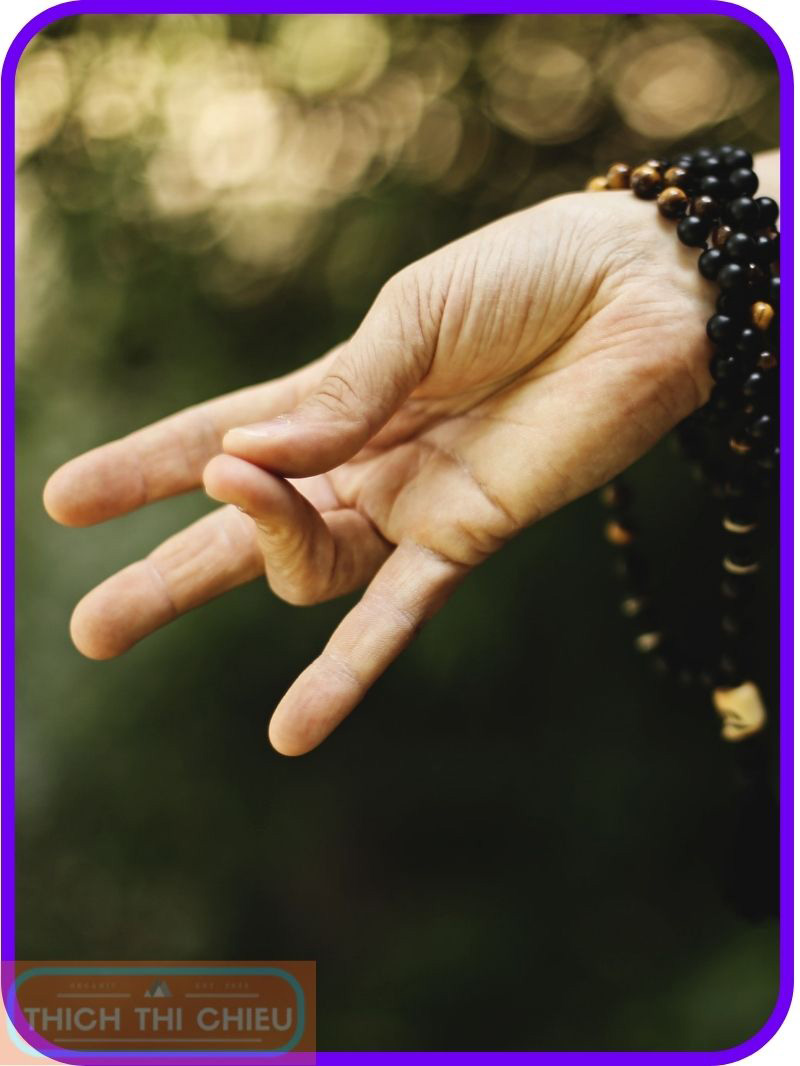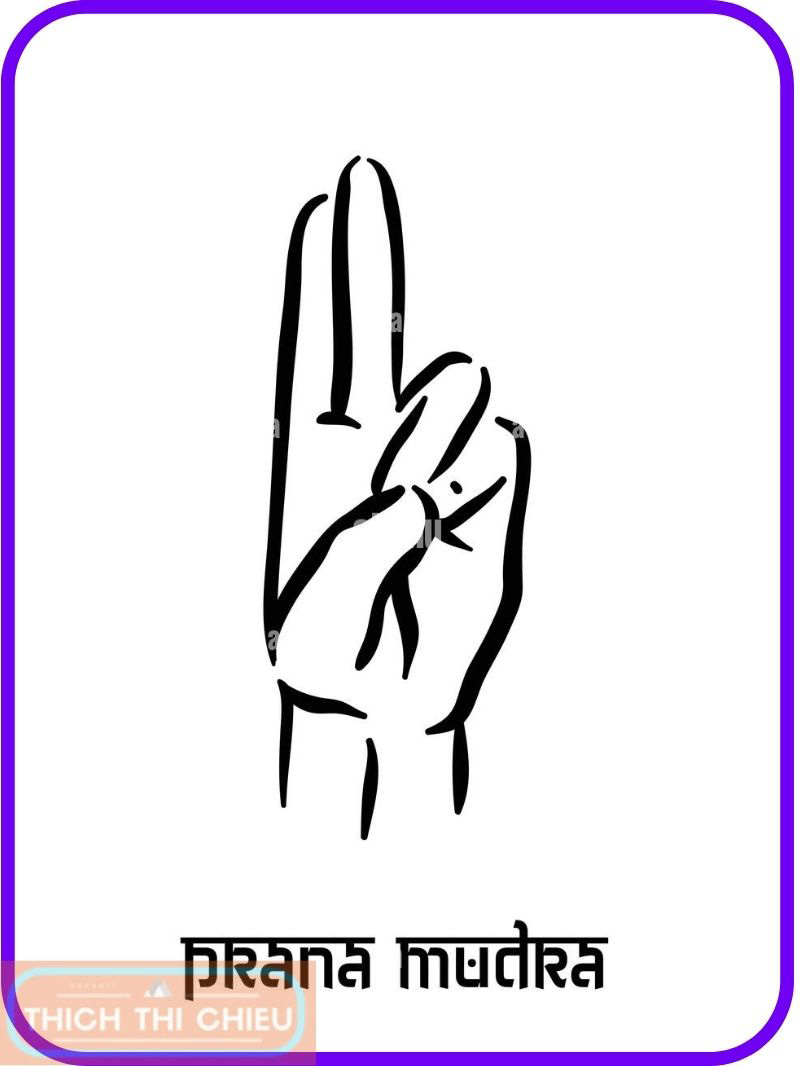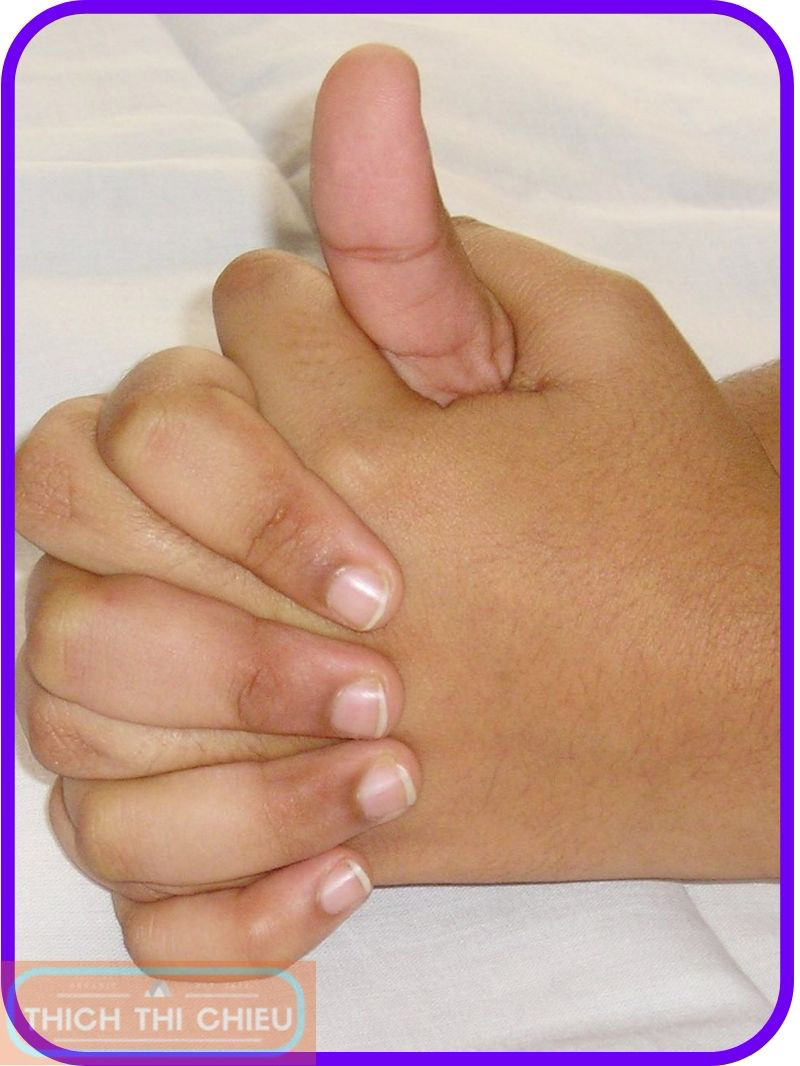Amidst the hustle and bustle of modern life, maintaining optimal heart health often takes a backseat. However, amidst the myriad of health and wellness practices available, yoga mudras emerge as a simple yet powerful tool for promoting cardiovascular well-being.
What are Yoga Mudras?
Yoga mudras, also known as hand gestures or seals, are an integral component of yogic practice. These simple yet profound gestures are believed to channel the flow of prana, or vital life energy, throughout the body, harmonizing the physical, mental, and emotional aspects of human existence.
Yoga Mudras and Heart Health
In the realm of yoga mudras, specific hand gestures are believed to exert a positive influence on heart health. The concept of prana and nadis, or energy channels, forms the foundation of this belief. According to Ayurvedic philosophy, nadis carry prana throughout the body, influencing the function of various organs, including the heart. Yoga mudras are thought to modulate the flow of prana through these nadis, promoting balance and optimal heart function.
Potential Benefits of Yoga Mudras for Heart Health
Numerous potential benefits have been associated with incorporating yoga mudras into your daily routine, particularly in promoting cardiovascular health. Let’s explore some of these key benefits:
Reduced Stress and Anxiety
Chronic stress and anxiety can significantly impact heart health, contributing to high blood pressure, increased heart rate, and other cardiovascular risk factors. Yoga mudras like Mula Bandha and Heart mudra, with their focus on relaxation and mindful breathing, are thought to help reduce stress and anxiety, thereby promoting a calmer and healthier heart.
Improved Blood Circulation
Efficient blood circulation is crucial for delivering oxygen and nutrients to the heart and other vital organs. Mudras like Surya Mudra and Prana Mudra are believed to stimulate blood flow, enhancing the overall circulatory system. This improved circulation can contribute to a healthier heart and overall well-being.
Strengthened Heart Muscles
Specific mudras, such as Apana Vayu Mudra, are believed to promote the strength and resilience of the heart muscles. By stimulating the flow of prana to the heart region, these mudras may help improve heart function and overall cardiovascular health.
Balanced Blood Pressure
Maintaining healthy blood pressure levels is essential for cardiovascular well-being. Some mudras, like Linga Mudra, are associated with regulating blood pressure, potentially reducing the risk of hypertension and its associated complications.
Effective Yoga Mudras for a Healthy Heart
Apana Vayu Mudra
Apana Vayu Mudra, known as the “Apana Wind Mudra,” is believed to harmonize the downward flow of prana, particularly in the lower abdomen and pelvis. This mudra is associated with regulating heart rhythm and alleviating palpitations.
To perform Apana Vayu Mudra:
- Sit comfortably with palms facing upwards on your thighs.
- Fold your index finger towards the palm and touch the tips of your thumb, middle, and ring fingers.
- Keep your little finger extended.
- Relax your shoulders and breathe deeply and evenly. Practice for 5-10 minutes daily.
Surya Mudra
Surya Mudra, also known as the “Sun Mudra,” is believed to stimulate digestion, enhance blood circulation, and promote overall energy levels. It is thought to activate the solar plexus, a nerve center associated with metabolism and digestion.
To perform Surya Mudra:
- Bend your index finger and touch the tip to the base of your thumb, forming a circle.
- Wrap your thumb around the index finger and press down gently.
- Keep your other fingers relaxed.
- Practice while sitting comfortably or standing with palms facing outwards. Perform for 5-10 minutes daily.
Prana Mudra
Prana Mudra, known as the “Life-Force Mudra,” is believed to increase the flow of prana throughout the body, promoting overall well-being. It is thought to stimulate the flow of energy through the major energy channels, enhancing vitality and balancing the nervous system.
To perform Prana Mudra:
- Extend your index finger and touch the tip to the tip of your thumb, forming an ‘O’ shape with your fingers.
- Keep your other fingers relaxed.
- Practice while sitting comfortably or standing with palms facing upwards. Perform for 5-10 minutes daily.
Linga Mudra
Linga Mudra, also known as the “Fire Mudra,” is believed to promote hormonal balance and regulate blood pressure. It is thought to stimulate the endocrine system, influencing the production of hormones that regulate metabolism and cardiovascular function.
To perform Linga Mudra:
- Interlock your fingers with palms facing each other.
- Bend your middle fingers and touch the tips to the tips of your thumbs, creating a ‘diamond’ shape.
- Keep your index fingers and ring fingers extended.
- Practice while sitting comfortably or standing with palms facing outwards. Perform for 5-10 minutes daily.
Ganesha Mudra
Ganesha Mudra, also known as the “Elephant Mudra,” is believed to enhance mental clarity, promote focus, and remove obstacles. It is thought to stimulate the pineal gland, a gland associated with sleep, dreams, and spiritual awakening.
To perform Ganesha Mudra:
- Interlock your fingers with palms facing each other.
- Bend your middle and ring fingers and touch the tips to the base of your thumbs, creating a ‘Ganesha’ shape.
- Keep your index fingers extended.
- Practice while sitting comfortably or standing with palms facing inwards. Perform for 5-10 minutes daily.
Incorporating Yoga Mudras into Your Practice
Regular Practice for Optimal Benefits
To fully reap the benefits of yoga mudras, incorporating them into your daily routine is essential. Regular practice, even for a few minutes each day, can accumulate significant positive effects over time. Aim for at least 5-10 minutes of mudra practice daily to experience their transformative power.
Integrating Mudras into Yoga Sessions
Yoga mudras can be seamlessly integrated into your yoga practice. As you move through your asanas, or yoga postures, incorporate specific mudras to complement the physical movements and deepen the energetic effects. For instance, while practicing heart-opening poses like Bhujangasana (Cobra Pose), incorporate Anjali Mudra (Prayer Position) to enhance devotion and connection.
Incorporating Mudras into Meditation
Meditation provides an ideal setting to integrate yoga mudras into your practice. The stillness and focus of meditation allow for a deeper connection with the subtle energies within the body. Choose mudras that promote relaxation and mindfulness, such as Prana Mudra or Apana Vayu Mudra, and incorporate them into your meditation sessions to enhance the meditative experience.
Incorporating Mudras into Daily Activities
The beauty of yoga mudras lies in their versatility. They can be practiced not only during formal yoga sessions or meditations but also throughout your daily activities. While sitting at your desk, waiting in line, or even walking down the street, incorporate mudras into these moments to cultivate mindfulness and promote well-being throughout the day.
Tips for Effective Mudra Practice
- Focus on proper alignment: Ensure your hands and fingers are positioned correctly as described for each mudra.
- Maintain a relaxed posture: Avoid straining or tensing your muscles while practicing mudras.
- Practice mindful breathing: Coordinate your mudra practice with deep, rhythmic breathing to enhance the flow of prana.
- Be patient and consistent: Like any new practice, it takes time to fully experience the benefits of yoga mudras. Be patient with yourself and maintain a consistent practice routine.
- Seek guidance if needed: Consult with a certified yoga instructor or healthcare professional for personalized recommendations and guidance on incorporating mudras into your practice.
Remember, consistency is key to maximizing the benefits of yoga mudras. Embrace these simple yet powerful practices and embark on a journey towards a healthier heart and a more harmonious state of being. Hopefully, the above article of TTC has provided you with useful information. If you have any questions or concerns, please leave a comment below.












Leave a Reply